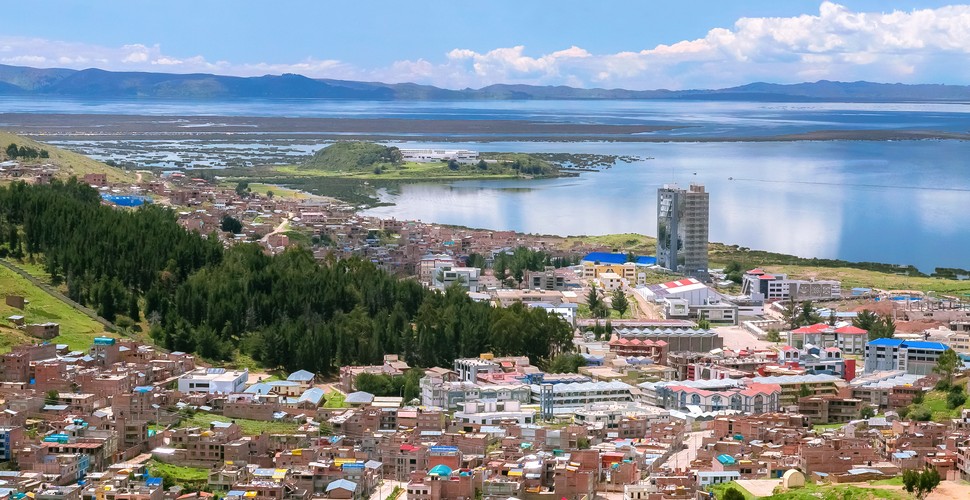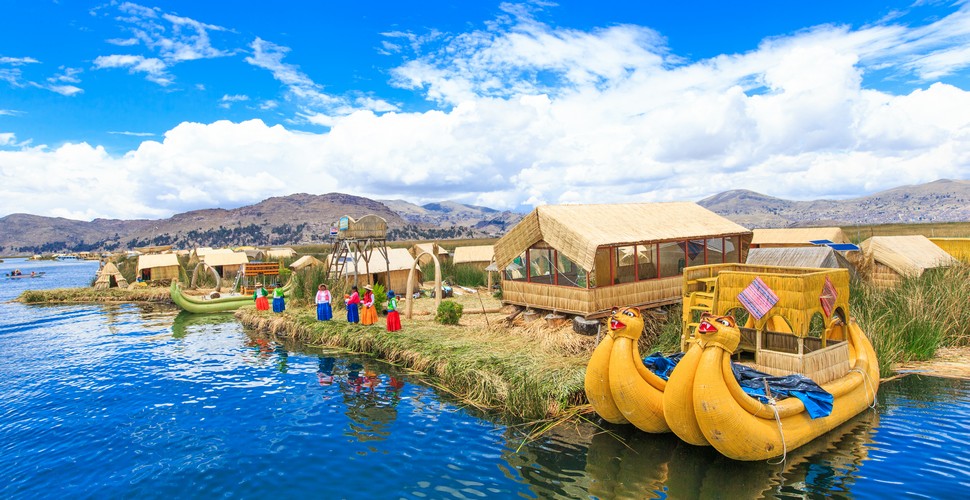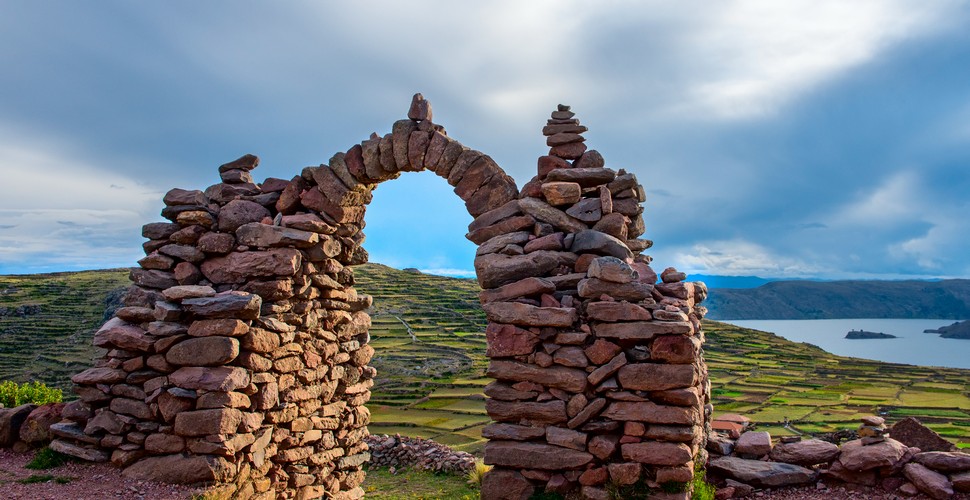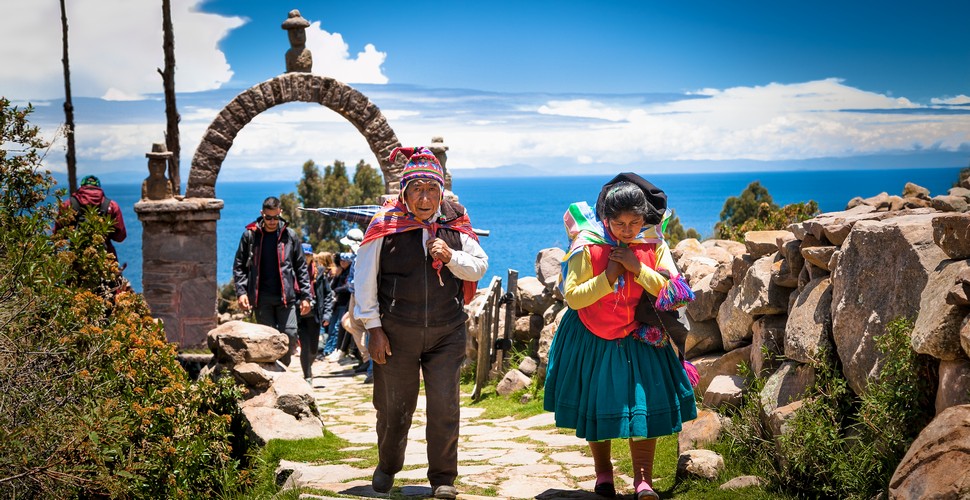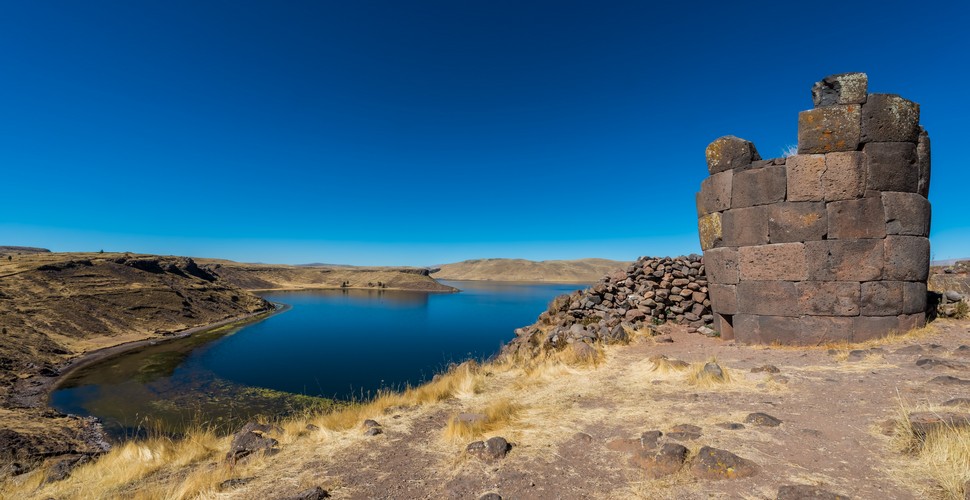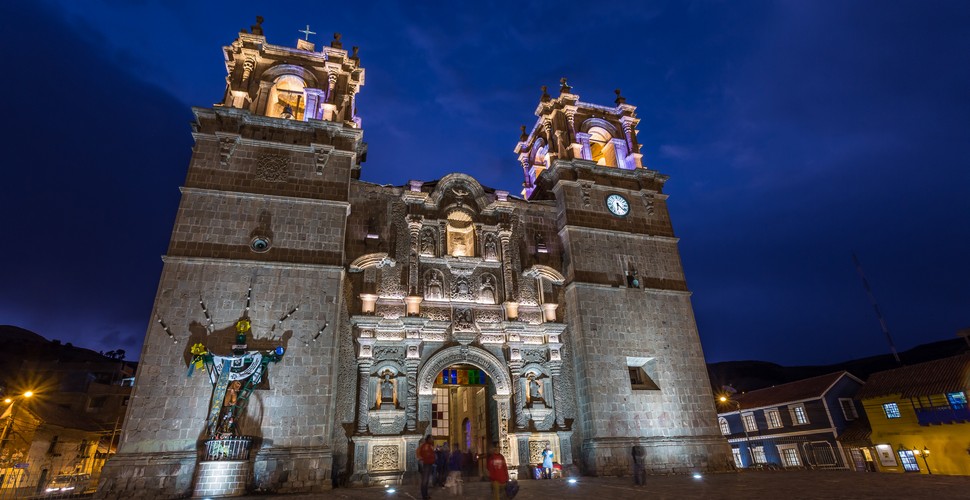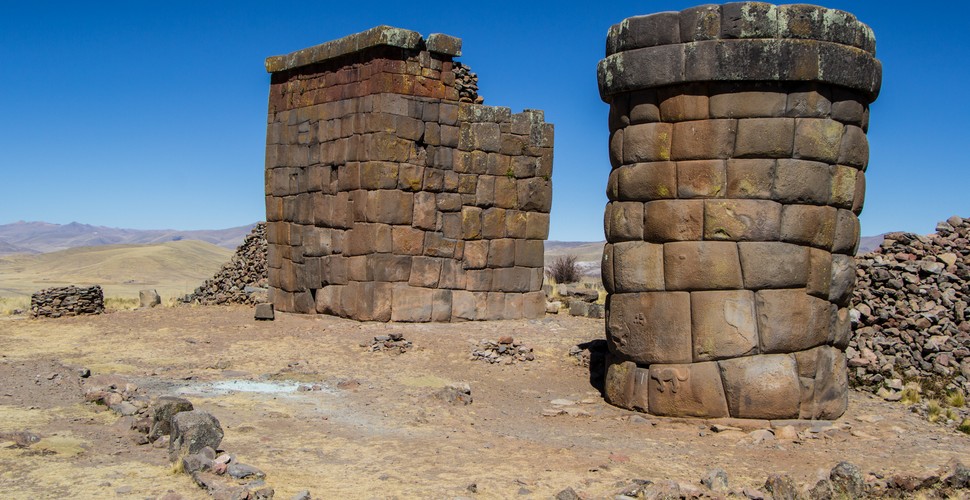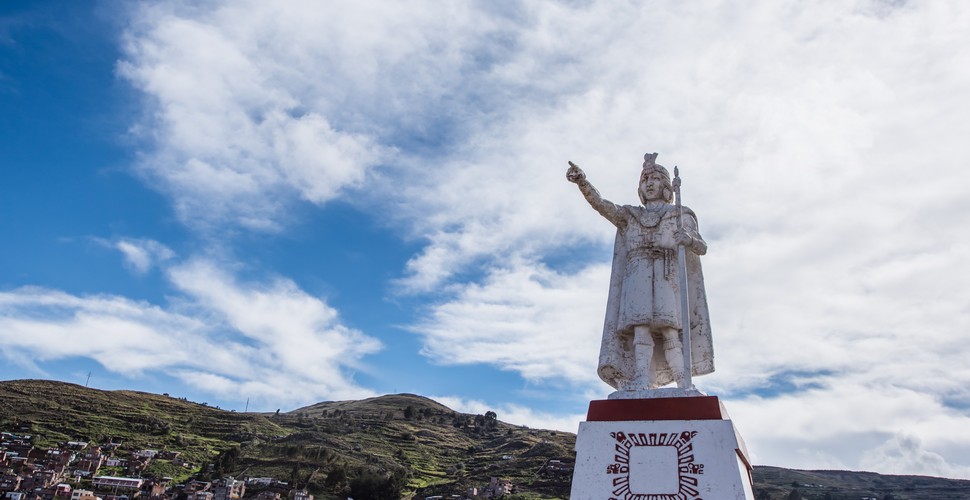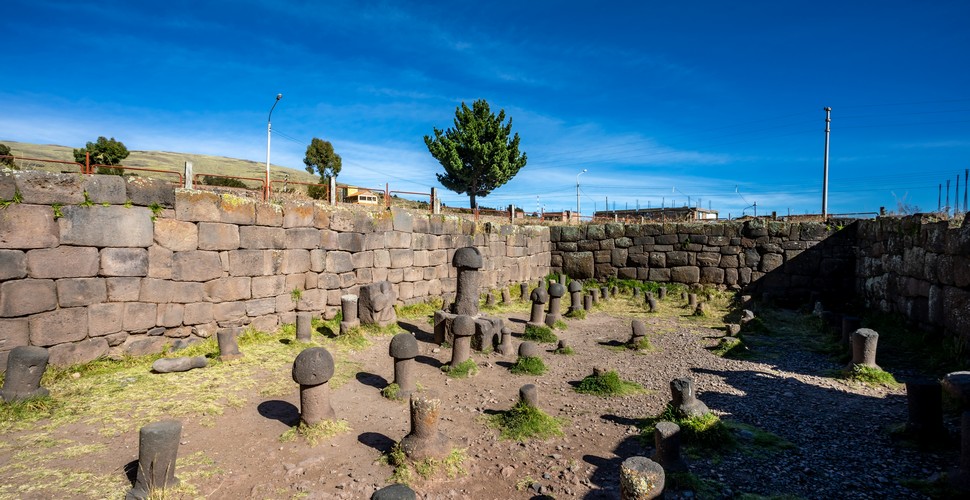
The Best Activities to do in Puno
Written by:Valencia Travel
Last Update: 2025-02-19
Puno lies on the shores of the vast and captivating Lake Titicaca, renowned for its shimmering, ever-changing waters, quirky archaeological sites, and authentic indigenous culture. As South America's largest lake (8,500 sq. km/3,282 sq. mi.), it also holds the title of the largest lake in the world located above 2,000 meters (6,560 ft.). Serving as a natural border between Peru and Bolivia, Lake Titicaca is steeped in legend and believed to be the birthplace of the Incas according to ancient fables.
With its immense, ocean-like area and vibrant indigenous traditions, Lake Titicaca offers a truly mesmerizing experience. While the city of Puno itself leans toward being industrious and functional rather than charming and picturesque, it serves as the perfect gateway for exploring the lake’s stunning shores and the remarkable destinations of the Puno region. Here are some of the best activities to enjoy in and around Puno.
Puno City
The Uros Islands
Yellow totora reed boats and houses on reed islands cover the entrance to the highest navigable lake in the world. The Uros people who inhabit Lake Titicaca created their floating reed islands by tying together the totora reeds that grow abundantly in the shallow waters of Lake Titicaca. Theories will tell you that the Uros people created these floating islands as a response to the Inca invasion or the Spanish conquest; whichever approach is correct, these people now live peacefully, surviving on tourism on the magnificent lake. You can visit these islands just 30 minutes from the pier in Puno.
Uros Floating Islands
Amantaní Island
This natural island is defined by its impressively preserved terraces and is home to people of Quechua heritage who make a living as farmers, fishermen, and weavers. You can even spend a night with a local family on Amantani for deeper immersion into island life and dress up like an Amantani local! Lakeside life is perfectly represented on Amantani, and you can even spend a night with a local family for deeper immersion into island life. You can don your walking boots and hike the island’s two peaks – Pachatata and Pachamama, for spectacular views across the lake and the rugged island landscape from the highest peaks on Amantani Island. These temples, Pachamama representing Mother Earth and Pachatata paying tribute to Father Earth, make for a fascinating hike on the island, especially for sunset.
Amantani Island
Taquile Island
As you arrive at this tiny island in the middle of Lake Titicaca you might hear the clicking of knitting needles, as the villagers on Taquile, still earn money from their long-established textile industry. On this island, it is the men who make the garments as the women weave textiles on the ancient ground looms and these traditional textiles are now UNESCO-protected. These Quechua-speaking locals are always donning traditional dress as they walk around knitting, a sight to behold! and the restaurants on this island are more than happy to serve up freshly caught trout from the magnificent Lake Titicaca.
Taquile Island
Sillustani
Rising against the azure Andean sky, these round tower-like tombs of an ancient Incan cemetery on Lake Umayo are a 40-minute drive beyond Puno. Sillustani is made up of chullpas, where the dead were buried of the Qolla people, who were overthrown by invading forces of the Inca Empire in the 15th century. Qolla nobles would bind their dead in the fetal position and bury them in uterus-shaped tombs, with food and personal belongings for their journey into the next world.
Sillustani
Puno Cathedral
On the western side of the Plaza de Armas in Puno City is the baroque Roman Catholic cathedral with its twin bell towers and the well-sculpted facade, except for the silver-plated altar, which, following a 1964 visit by Pope Paul VI, has a Vatican flag placed to its right. Completed in the mid-18th century, the main attraction is the high marble altar under the lofty domed ceilings. Entry is free, and visitors are welcome to attend the daily Mass during their visit.
Puno Cathedral
Cutimbo
Another archaeological site composed of chullpas is Cutimbo. The chullpas this time are square and circular shapes, unlike Sillustani, which are all circular. Cutimbo is a dramatic site on a table-topped volcanic hill surrounded by plains. The position atop a volcanic hill makes this site very remote. The site is best visited on an organized tour as people are known to hide behind rocks at the top of the trail, waiting to pounce on the independent traveler.
Cutimbo
La Casa del Corregidor
Another thing to do in Peru is to visit la Casa del Corregidor. Whether you simply want to admire its beauty or if you just fancy a plate of tapas, this bright yellow landmark is a must-visit in Puno. The 17th-century structure is home to an art cooperative, a fair-trade cafe, and a library, while an exhibition hall displays works by local artists and hosts music events. If you prefer vinyl records hung on walls and well-worn board games on tables, ask for a pot of tea at the café.
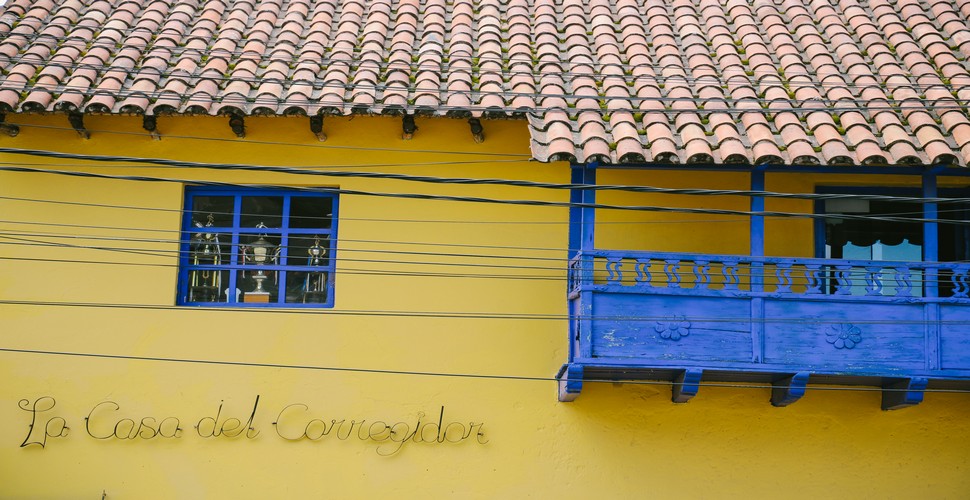
La Casa del Corregidor
Cerrito de Huajsapata
Balanced high on a rocky outcrop atop a hill looking over Puno city, this bright-white statue is a striking homage to Manco Capac, the founder of the Inca Empire. Less than a 15-minute walk from the Plaza de Armas, given the altitude, it’s a steep ascent, but reaching the observation deck will make it all worthwhile as you look down Puno and Lake Titicaca.
Cerrito de Huajsapata
Inca Uyo (Chucuito)
This temple of Fertility is the main attraction of Chucuito town on the banks of Lake Umayo 18 km from Puno. A series of well-sculptured stone phalluses sprout from the earth, similar to giant stone mushrooms, where back in the day, women would perform fertility-boosting rituals, to improve their chances of getting pregnant.
While the stone wall at this temple is distinctly Inca, the originality of these stone penises dates back to pre-Inca times and are shrouded in mystery.
On Sundays in the town, you can enjoy folk dances in its main square, presented by the locals. The town was the capital of the Collasuyo, the most important political division of Tahuantinsuyo. Even Francisco Pizarro visited it in 1538 due to its importance to The Incas.
Inca Uyo
Museo Municipal Carlos Dreyer
Just around the corner from the Casa del Corregidor, this small museum houses an eclectic collection of art and archaeological relics from the pre-Inca, Inca, Colonial and the Republic periods. It was founded by German-born painter and art-lover, Carlos Dreyer, and his collection of paintings and artifacts adorn the museum. Head upstairs to see a collection of mummies and ancient burial towers.
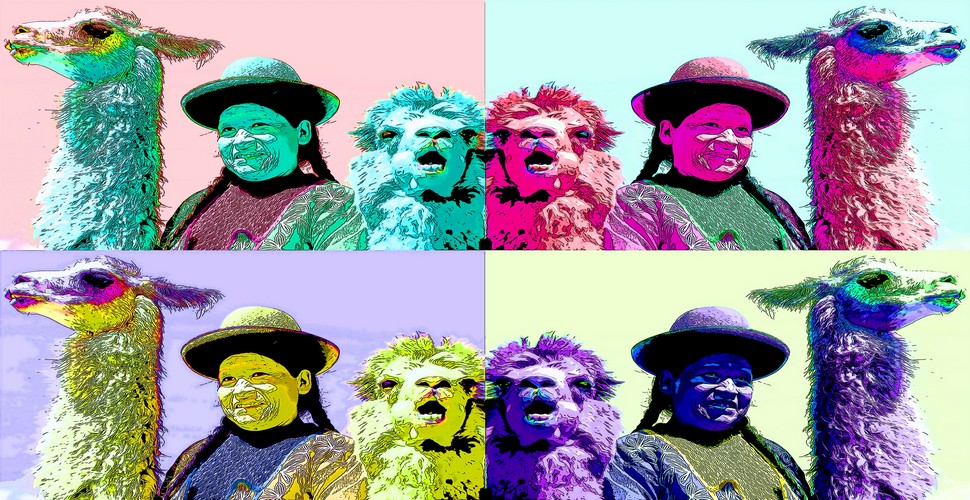
Puno pop art
Puno is the 3rd most visited city in Peru. Its wealth of customs and traditions that take shape in the many different monuments of the region make Puno a top tourist destination. Book your trip to Puno with Valencia Travel here!
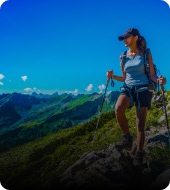 Aventure
Aventure
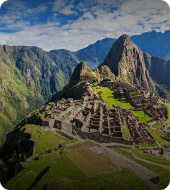 Cultural
Cultural
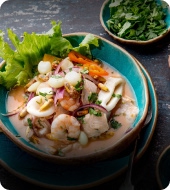 Gastronomy
Gastronomy
 Wellness
Wellness
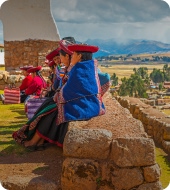 Local Living
Local Living
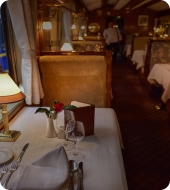 Luxury
Luxury
